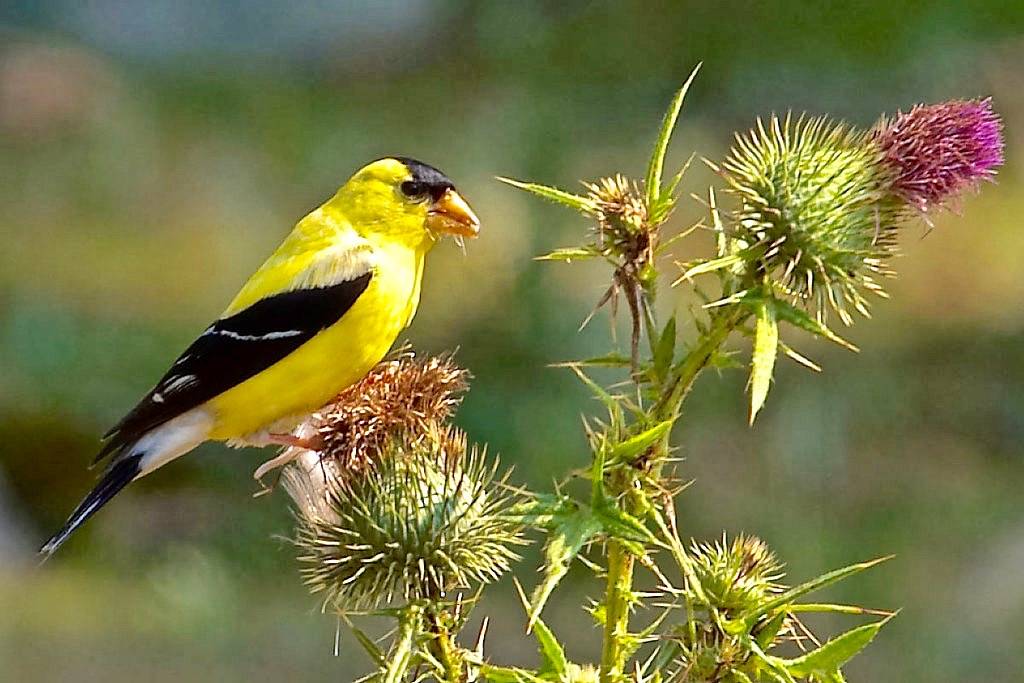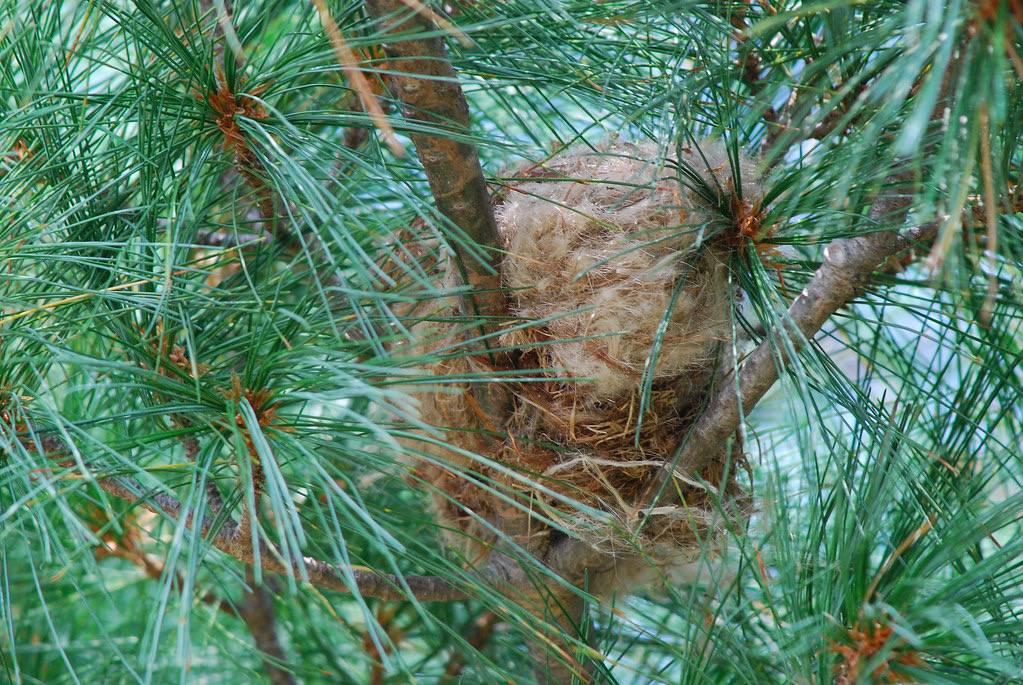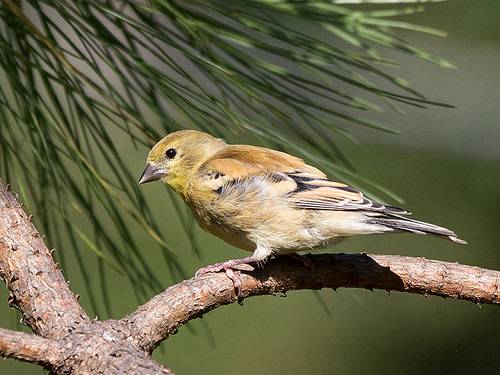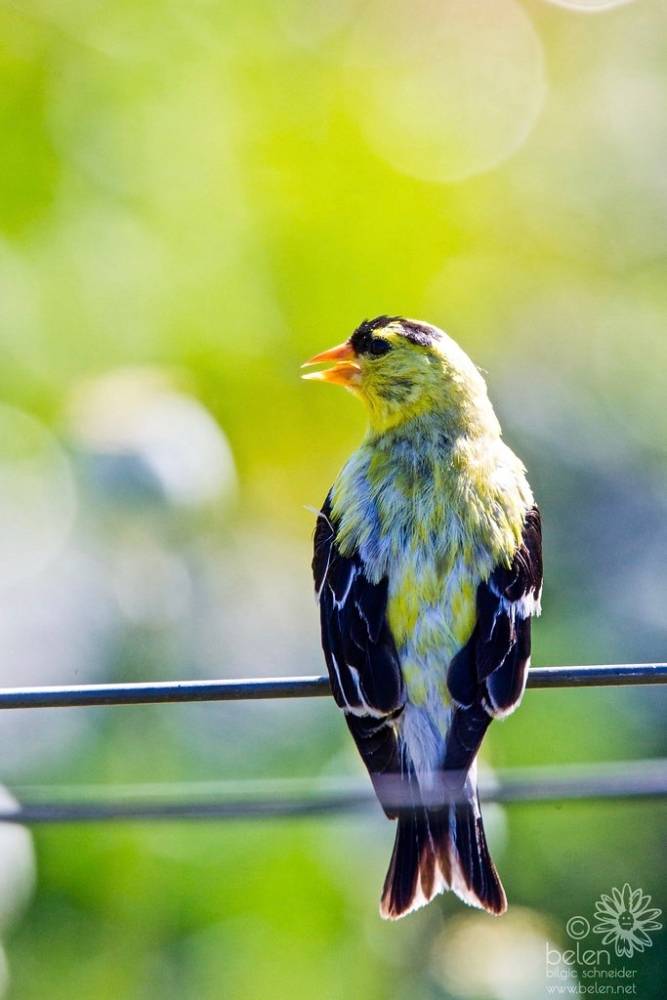American Goldfinch
The American Goldfinch is most often detected at Salter Grove by its distinctive call as it flies overhead. It is particularly easy to spot goldfinches around the parking lot along the edges of lawn and woodland in late summer as they feed on the seeds of gray birch, common milkweed, common thistle, and orchard grass. Based on records of bird sightings in the park since 2002, Goldfinches have been observed in every month except March.
The American Goldfinch is slightly smaller than a House Sparrow. It breeds from the southern half of Canada to the northern half of the United States. Because of its dietary preference for seeds instead of insects, it breeds rather late in the growing season compared to other species.
Goldfinch young are fed regurgitated material consisting mostly of seeds, a high-energy food. This diet, along with the lateness of its breeding, guarantees that the American Goldfinch would be a poor host for the young of the brood parasite Brown-headed Cowbird. Indeed, studies have confirmed that even when cowbird eggs manage to hatch in a goldfinch nest, there is no fledgeling success because cowbird hatchlings cannot develop successfully from a diet of seeds.
The American Goldfinch migrates southwards after breeding and can be found wintering as far south as northern Mexico. They have benefited from human activity that promotes the seed-producing plants they favor. Salter Grove does not have an abundance of the open habitats and food plants preferred by goldfinches but the availability of food at neighborhood feeders no doubt delay their departure from the park after breeding.

















